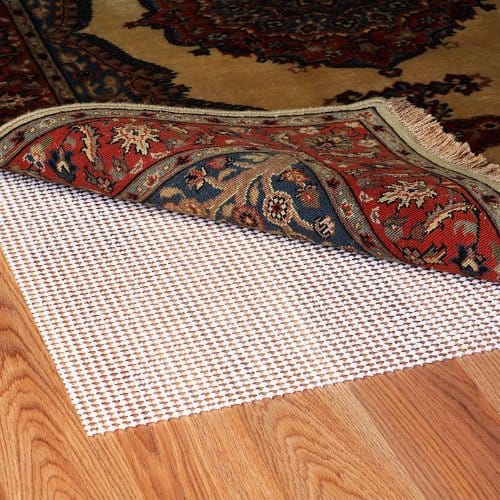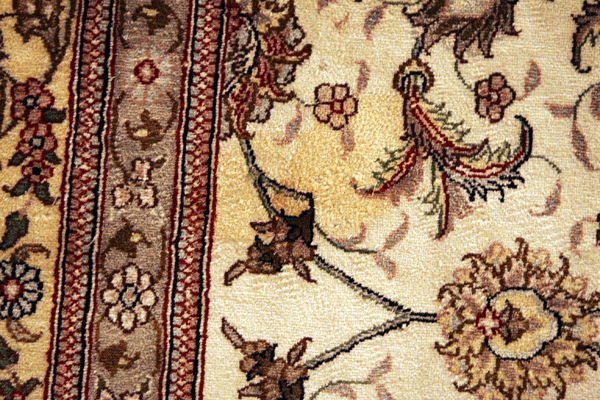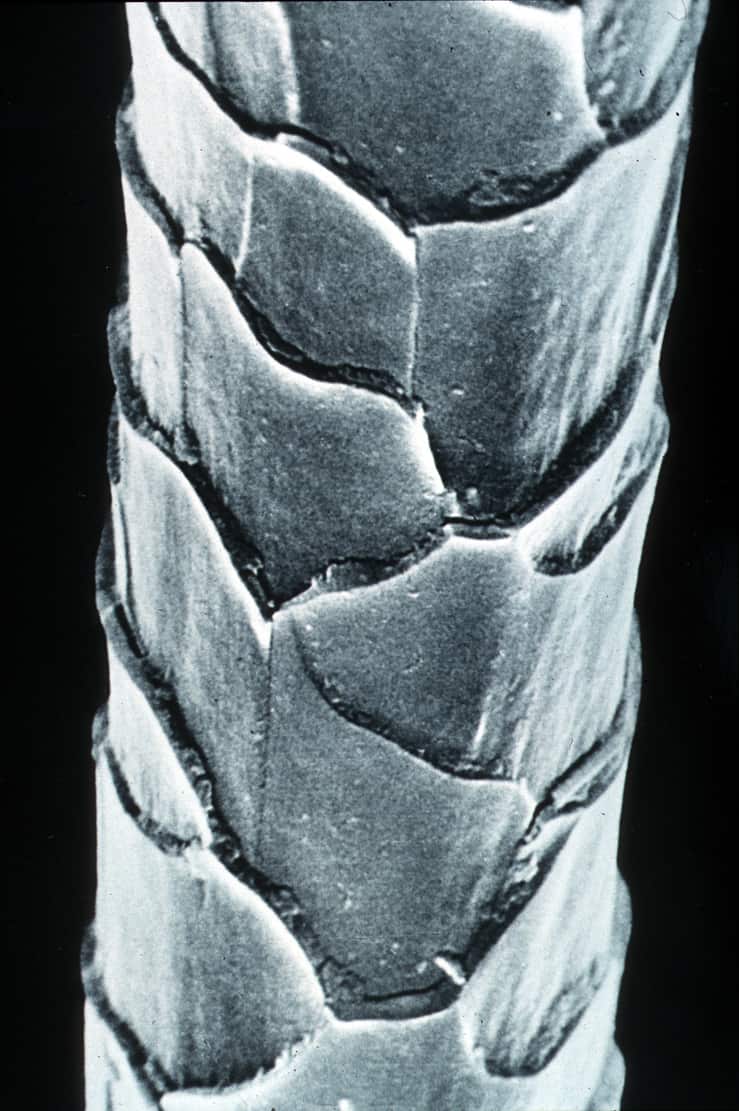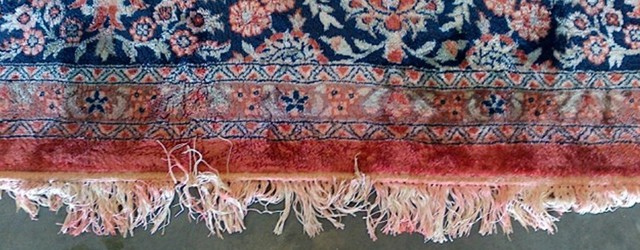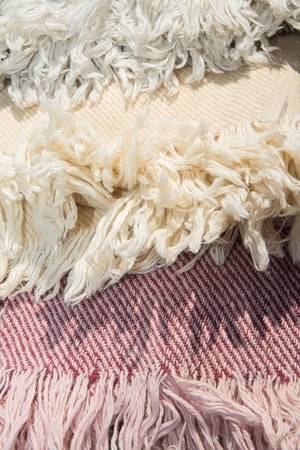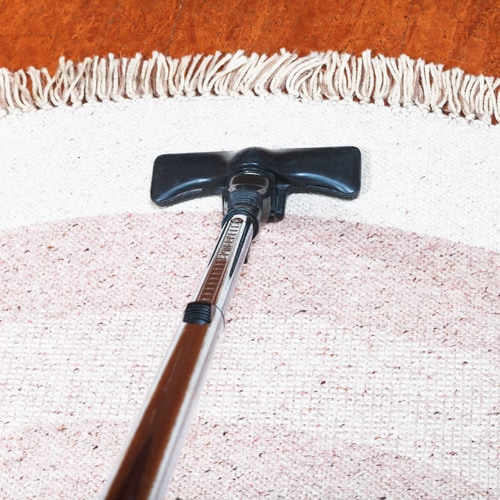Sharing your life and home with a loving and caring pet is a beautiful thing indeed. But, what happens when your precious oriental rug gets a super-persistent pet urine stain? If there were a chart of rug disasters, pet urine would be on the top. Well, truth is if you are lucky enough to have an oriental rug with a busy design, you could get away with it easily. What happens to the odor that seems to have come to stay forever and ever? Here are some tips for you so that you can get rid of the lingering issue of pet urine odor!
Remove the Odor Source
You can easily distinguish a woven rug by looking at the design on the back. If it is the same as on the front, them you know your rug is woven. That said, the urine has to come out no matter what. A woven rug’s foundation fibers usually comprise of wool knots wrapped around cotton wefts and warps. With cotton being absorbent, you can wipe things up with the help of cotton towels that pick up moisture quicker than any other.
Given that, the wool does not allow any kind of moisture to go any deeper and reach the wool fibers and the cotton fibers later on. So you have some time to remove as much warm pet urine as possible before it starts penetrating the fibers.
Tip: When you see a pet urine stain on the rug, what you actually see is only a small portion of the damage done. There is always much more urine inside the rug than you see.
To remove the odor source, you need to wash the rug out. If you own an oriental rug, you can’t surface clean it with a portable or truck mount and expect to completely remove the odor-causing elements that have settled nicely in the inside of the foundation fibers. Of course, trying to cover up the odor with a fragrance deodorizer will simply get things worse (imagine a sewage smelling like flowers!).
As a matter of fact, you should NEVER surface-clean a woven, oriental rug at home with commercial carpet cleaning equipment, mainly because rugs hold an enormous amount of soil in them. If you could look your rug under the microscope, you’d see that the fibers look like fish scales (see image below). This means there are more than plenty areas and layers that grit and dirt can hide in. To remove all this soil, it is paramount to have a professional do that and then wash it properly. It simply is not a task that can be done with a truck mount of a portable.
A full-service rug cleaning facility though will wash the rug clean, regardless the method they choose to use (either wash on a large floor, a wash pit or with professional rug washing machines like the professionals at Love Your Rug Cleaning Hamilton). Also, rug owners rarely (if at all) know how to adjust their cleaning strategies and times depending on whether the dye test as fugitive or colourfast. In addition, you can’t possibly know which products to use (and how) to safely clean synthetic or natural fiber rugs. Makes sense. This is why you need a pro to get the job done for you.
What Professional Rug Cleaners Know that you Don’t
Pros that have been in the business for long know that pre-inspecting the rug prior washing is the best way to start addressing the pet urine contamination. Pre-inspection of the rug allows them to correct any mistakes made by failing dye and fiber test and look for any warning signs on both sides of the rug. This requires specialized knowledge and, of course, experience.
They will also do anything possible to prevent bleeding with the use of proper dye stabilization solutions, even after the dye test has shown that dyes are colorfast.
Then, they decide on the best washing method (and process) to avoid the risk of dye migration throughout the entire rug (see image below). In other words, they pre-treat the stained area.
After the wash process, they may have to implement an enzyme treatment or deodorizer to remove any remaining pet odor before they dry the rug thoroughly with the various equipment and tools available. All these are stuff that rug owners do not usually know of.
What to Do if you have Accident-Prone Pets at Home
1. Own washable rugs
This means that woven rugs are far more preferred than tufted rugs. Now, if you are on a budget and price is an issue, you can always purchase machine-woven rugs. In this case, synthetic rugs are also an excellent option, given that synthetic fibers are significantly less costly than natural fibers. So, if you don’t mind having a rug that doesn’t look as nice as a woven rug (given that the ideal fiber for rugs is wool), owing a synthetic rug will require less expensive treatments to remove pet urine, which is particularly appealing, especially if your pet puddles often.
2. Pick a busy design
This means that any pattern that can make the yellow stains less obvious is perfect. Rug cleaners will effectively remove the odor from the woven rug for sure. However, you will have to live with the stains forever (stains are permanent most of the times).
3. Use a pad under the Rug
